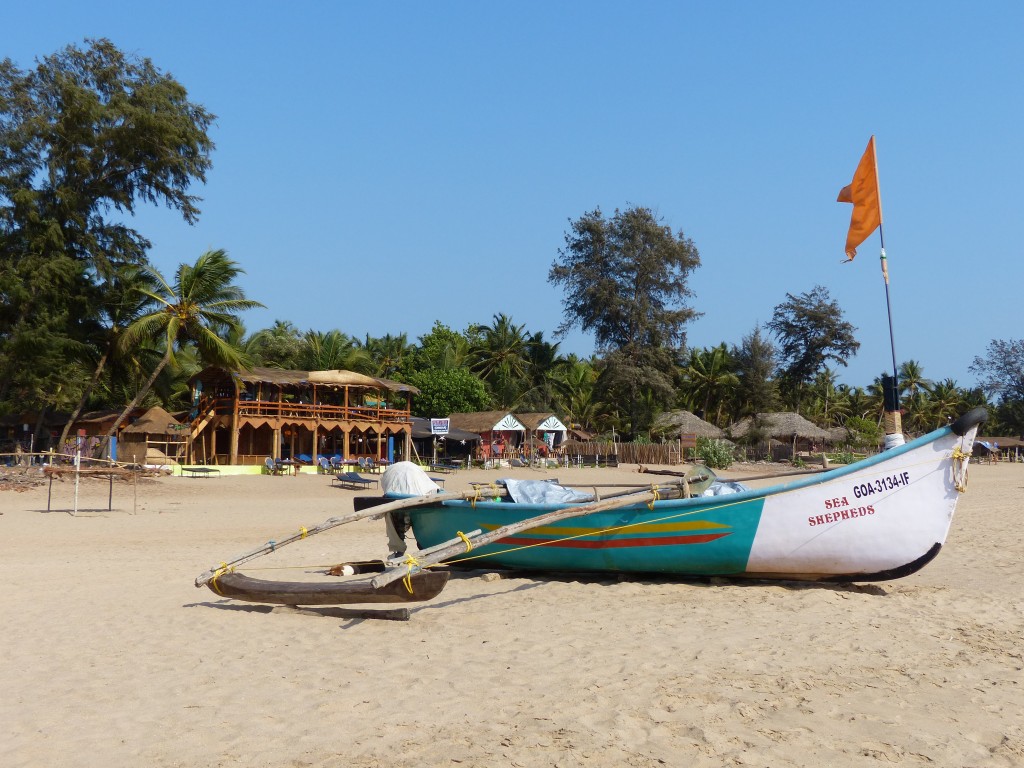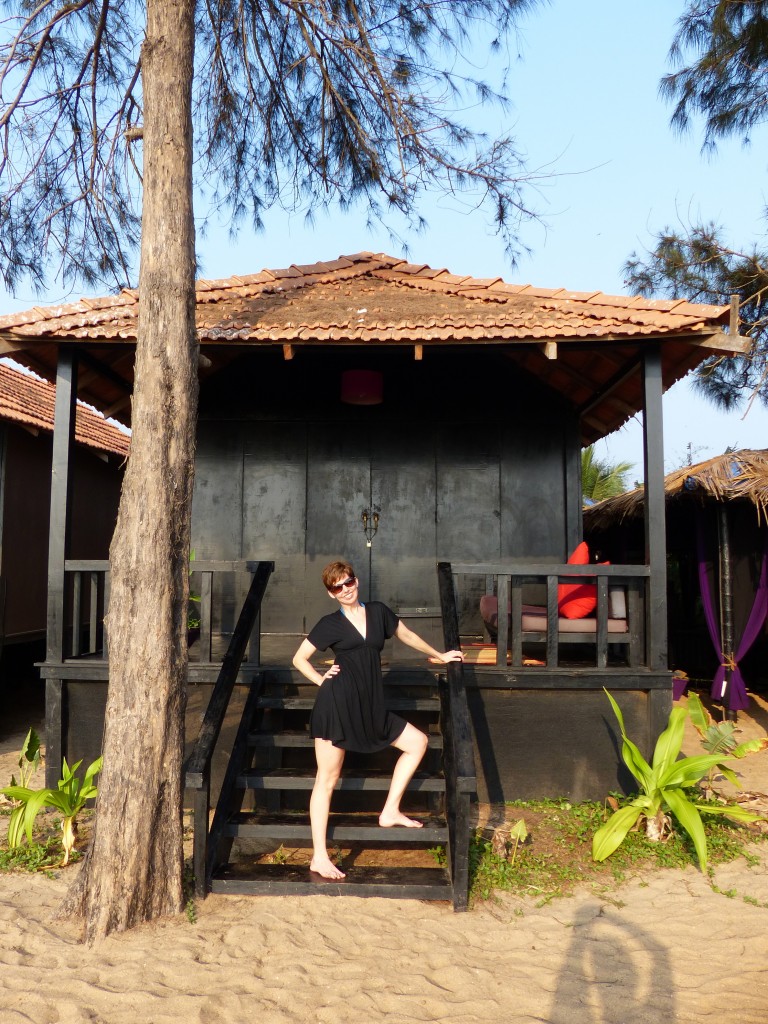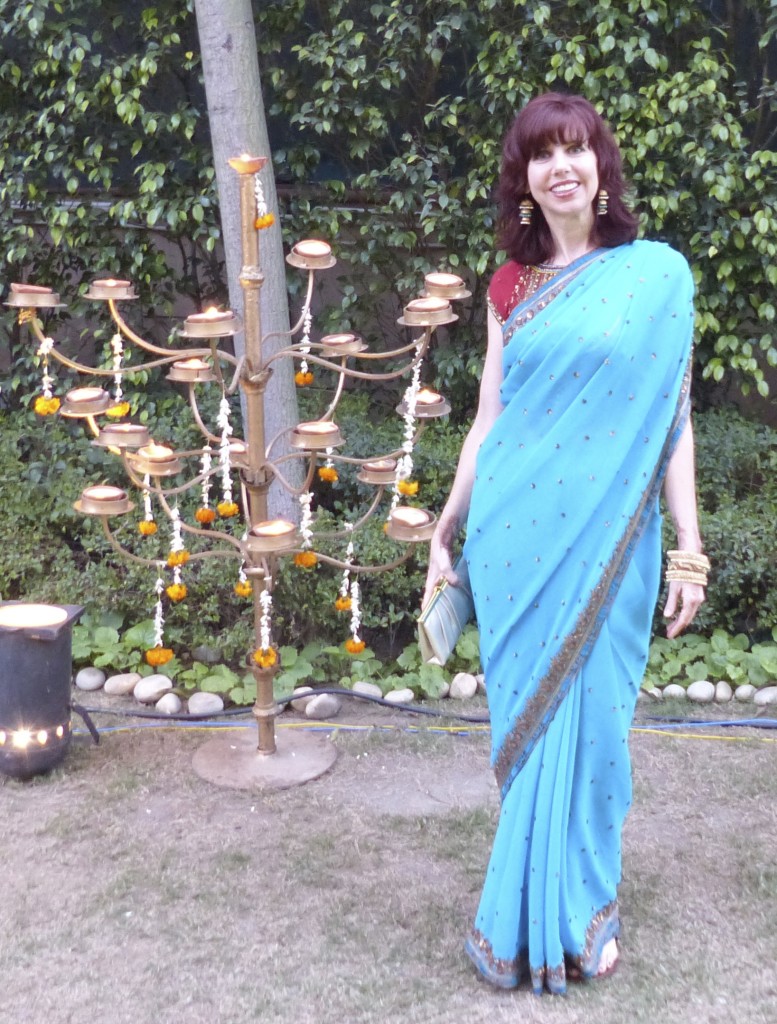Early Friday morning, a longboat arrived at the beach in front of our bungalow. Similar to a large canoe, it featured an outboard motor and a wooden outrigger cobbled together with yellow rope. Marianna and I waded through the water to climb into the boat, and sat while the older fisherman and his young assistant remained in the water waiting for a break in the waves before pushing the boat back out to sea for our “dolphin trip.”
We motored to the edge of the bay, occasionally pausing to scan the sea for dolphins. A few fins surfaced. An arched back, a flip of a tail. Maybe five dolphins in all, including a baby. After the excitement of our dolphin encounter in the Maldives last year, this was rather anticlimactic.
Our captain maneuvered his little craft toward a larger boat, where men were hauling in a huge red net jumping with sardines. About ten skinny workers clad in underpants and tank tops clustered at the stern, pulling the net hand-over-hand, their upper bodies bowing jerkily up and down, brown legs tensing with the effort. They sang as they worked, a repetitive chorus in response to a leader’s verse. Our boatmen chuckled, and the younger man noted how singing makes work easier. I almost asked what the song meant, but I worried the lyrics might be embarrassing to translate. Instead, I asked how long it would take to finish the job. About one and a half hours, he replied.
As the song continued, empty net piled at the fishermen’s feet and captive fish were forced into the remaining space at the sea’s surface. Trapped, the sardines leapt and splashed, some catapulting out of the net and back to freedom, some flipping into the claws of swooping brahminy kites. The brown-and-white birds circled the boat, stealing frantic fish – both at sea level and in the air. Near collisions and threatening shrieks resulted in surrender, fish falling from loosened claws, snatched from the sky by the aggressor.
I hadn’t brought my camera on our brief excursion, but the image would have made a brilliant photo. The paint-peeling fishing boat, bobbing in a jade sea, dark bodies bent over crimson nets, small orange buoys evenly spaced along the net’s edge floating amorphously around the boat, a blazing neon sun rising over the forested hills that jut up from the beach, and birds of prey suspended like a mobile overhead.
Here’s a photo of a brahminy kite taken by Johan Stenlund and posted on his website, Birds in India/Goa. Now imagine scores of them circling the fishing boat!

Here’s a photo of a fishing boat at our beach, similar to the one that took us on our “dolphin trip.”



